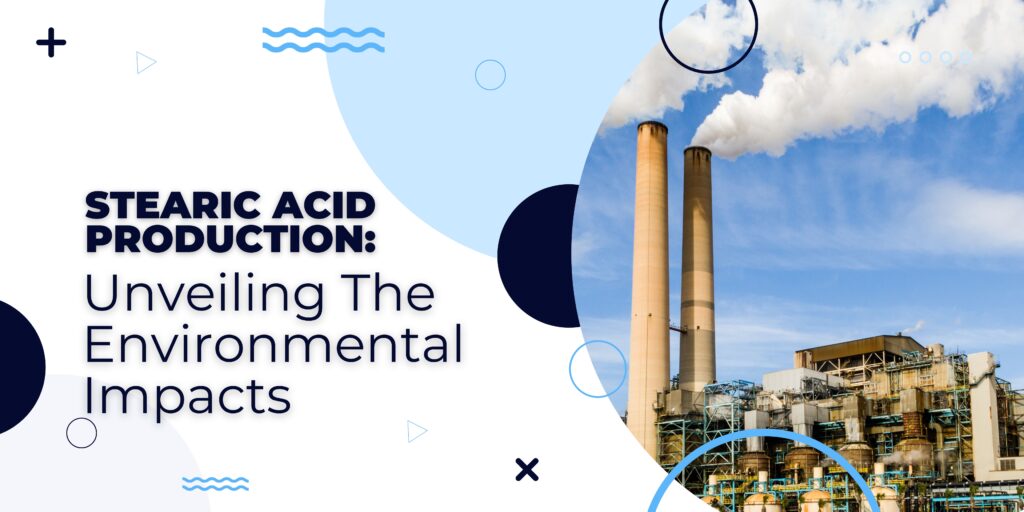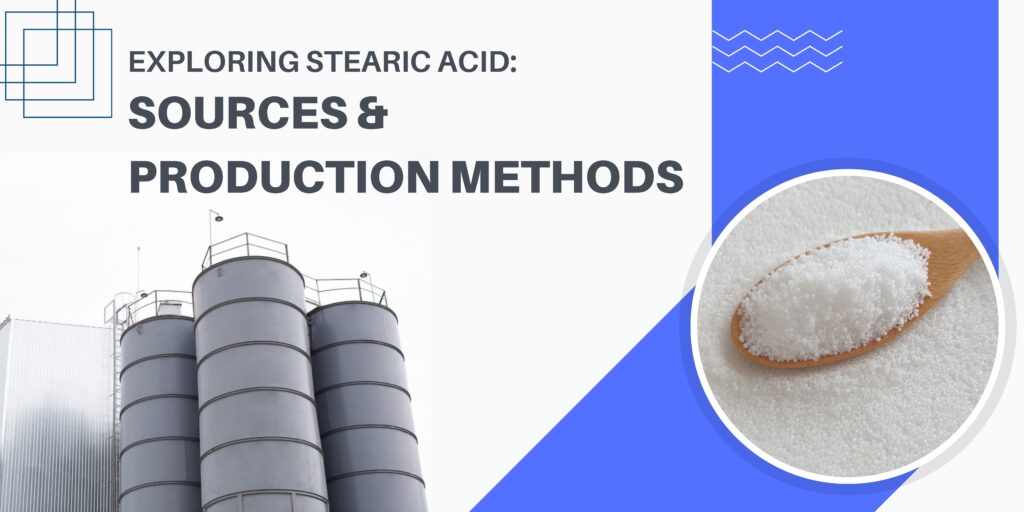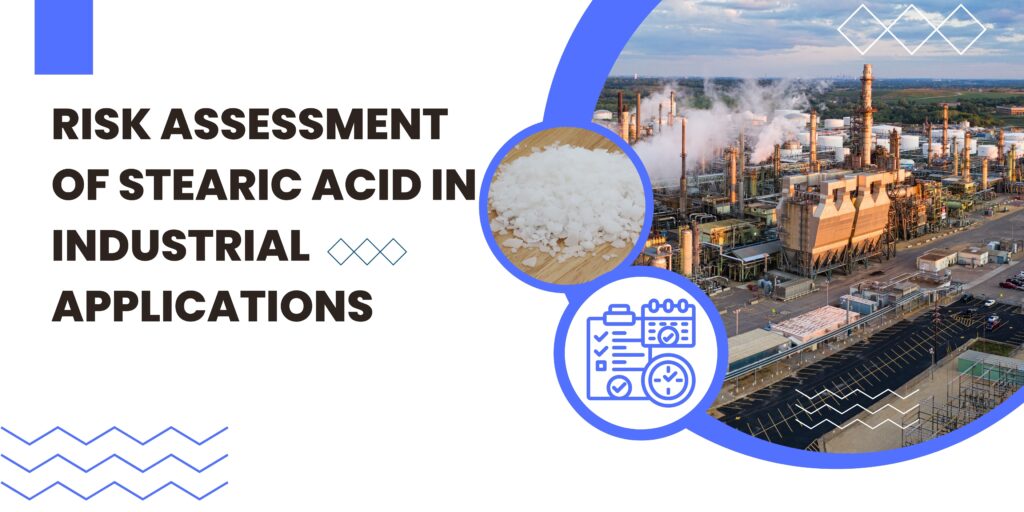
Stearic acid, a saturated fatty acid derived from various animal and vegetable fats, plays a crucial role in diverse industries, ranging from cosmetics and pharmaceuticals to food and industrial applications. However, the production of stearic acid is not without its environmental consequences. In this article, we will explore the environmental impacts associated with stearic acid production and discuss potential sustainable solutions to mitigate these effects.
Production Process and Environmental Concerns
The production of stearic acid typically involves the hydrolysis of triglycerides, followed by the saponification of the resulting fatty acids. While this process is well-established, it raises several environmental concerns.
Energy Consumption
The production of stearic acid often requires high energy inputs, contributing to greenhouse gas emissions. The extraction, transportation, and processing of raw materials further intensify the environmental footprint.
Chemical Usage and Waste Generation
Chemicals used in the production process, such as catalysts and solvents, may pose environmental risks. Additionally, waste by-products generated during stearic acid production need proper disposal measures to prevent soil and water contamination.
Deforestation and Agricultural Practices
In cases where stearic acid is derived from palm oil, the environmental impact extends to deforestation and unsustainable agricultural practices, leading to habitat destruction, loss of biodiversity, and increased carbon emissions.
Sustainable Solutions
Alternative Raw Materials
Exploring and adopting alternative raw materials, such as waste fats and oils, can significantly reduce the environmental impact. This approach promotes circular economy principles and minimizes the reliance on resource-intensive inputs.
Energy Efficiency Improvements
Implementing energy-efficient technologies and processes, such as advanced catalysts and optimized reaction conditions, can help reduce the overall energy consumption associated with stearic acid production.
Green Chemistry Practices
Embracing green chemistry principles, which focus on minimizing the use of hazardous substances and promoting sustainable processes, can lead to a more environmentally friendly production of stearic acid.
Certification and Traceability
Encouraging and enforcing certification standards for sustainably sourced raw materials, such as palm oil, ensures that environmental and social considerations are taken into account throughout the supply chain.
Waste Management and Recycling
Developing efficient waste management strategies and exploring opportunities for recycling by-products can minimize the environmental impact of stearic acid production.
Environmental Impact Assessment
Water Usage and Contamination
Stearic acid production involves water-intensive processes, and improper water usage and disposal practices can lead to pollution. Runoff containing residues from production, such as unreacted chemicals, may find its way into water bodies, affecting aquatic ecosystems and water quality. Implementing water recycling systems and stringent wastewater treatment protocols is imperative to address these concerns.
Air Emissions and Greenhouse Gases
The combustion of fossil fuels for energy during stearic acid production contributes to air emissions, including particulate matter and greenhouse gases such as carbon dioxide. Employing cleaner energy sources, investing in carbon capture technologies, and optimizing combustion processes are strategies to mitigate air pollution and reduce the carbon footprint associated with stearic acid production.
Regulatory Compliance and Industry Initiatives
Regulatory Compliance
Stringent environmental regulations are essential to curb the negative impacts of stearic acid production. Governments and regulatory bodies play a pivotal role in enforcing and updating standards that address issues related to energy consumption, waste disposal, and emissions. Industry players must adhere to these regulations to minimize their environmental footprint.
Sustainability Certifications
The adoption of sustainability certifications, such as the Roundtable on Sustainable Palm Oil (RSPO) for palm oil-derived stearic acid, helps consumers identify products produced with environmentally responsible practices. Supporting and promoting such certifications encourages transparency in the supply chain and fosters sustainable production.
Future Prospects and Innovation
Research and Development
Investing in research and development for more environmentally friendly production methods is crucial. Continuous innovation in catalysis, process optimization, and raw material selection can lead to breakthroughs that significantly reduce the ecological impact of stearic acid production.
Circular Economy Approaches
Exploring circular economy models involves designing processes that minimize waste generation and encourage the reuse of by-products. By adopting circular economy principles, the stearic acid production industry can move towards a more sustainable and resource-efficient future.
Conclusion
Addressing the environmental impacts of stearic acid production requires a comprehensive approach that encompasses changes in raw material sourcing, production processes, waste management, and regulatory frameworks. The industry’s commitment to adopting sustainable practices, coupled with ongoing research and innovation, will be instrumental in mitigating the ecological footprint associated with stearic acid. As consumers become increasingly conscious of environmental considerations, embracing these changes is not just a responsibility but also a strategic move for the long-term viability of the stearic acid industry.




